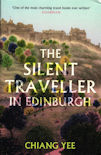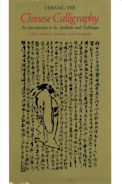In this beautifully illustrated edition, originally published in 1948, Chiang Yee looks at wartime Edinburgh from a fresh perspective. Readers will be fascinated by his interpretations of well-known landmarks: the Castle, Arthur’s Seat and Calton Hill, while his vivid descriptions create an unforgettable picture of the city and its people in the 1940s.
Writing with wry humour, he brings the cultures and literary traditions of China and the West together, emphasising how much we have in common. He broadens our perspectives and encourages us to appreciate the richness of life that can be found everywhere, even in troubled times.

